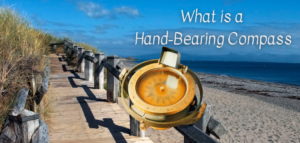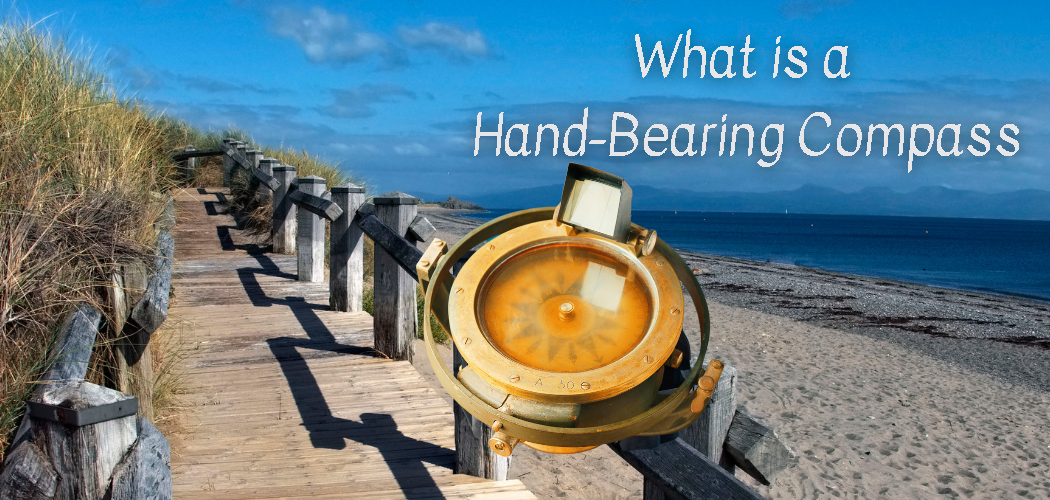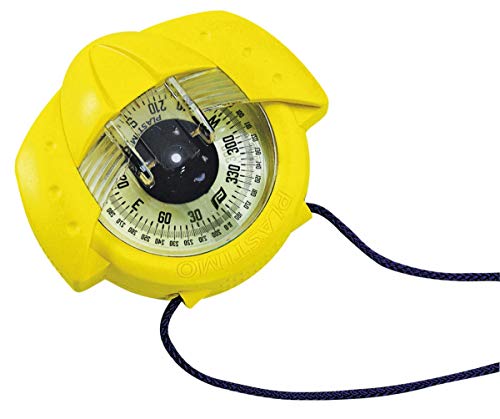
Navigating the open sea can be a daunting task. For centuries, mariners have relied on various tools to aid in their navigation, including the hand-bearing compass. A hand-bearing compass is a compact instrument that is used to determine the direction of an object or landmark in relation to the observer’s position. This device has become an essential tool for sailors, fishermen, and recreational boaters who need to navigate their way through waterways safely.
In this article, we will delve into what a hand-bearing compass is, how it works, the do’s and don’ts of using one, frequently asked questions, and UK document references. We will also provide tips on how to use a hand-bearing compass effectively and efficiently.
Table of Contents
What is a Hand Bearing Compass?
A hand-bearing compass is a small, portable device used to determine the direction of an object or landmark in relation to the observer’s position. This device is essential for sailors, fishermen, and recreational boaters who need to navigate their way through waterways safely. It is also commonly used in search and rescue operations.
How Does a Hand-Bearing Compass Work?
A hand-bearing compass works by using a compass rose and a sighting mechanism. The compass rose is a circular scale with markings indicating the direction of the cardinal points, North, East, South, and West, as well as the points in between. The sighting mechanism is a set of sights located at the top of the compass that is used to align the compass with the object being observed.
- Hold the compass in your hand and make sure the sighting line, which is the line on the top of the compass, is pointing in the direction of the object you want to measure.
- Look through the rear sight, which is the hole at the back of the compass, and align it with the object you want to measure.
- Keeping the sighting line on the object, turn the compass housing until the north arrow on the compass aligns with the magnetic north on the compass card.
- Read the bearing, which is the number on the compass housing that aligns with the index line on the compass card. This will give you the direction from your position to the object you are measuring.
It is important to note that hand-bearing compasses are affected by magnetic interference and should be kept away from metal objects, electrical devices, and magnets. To get accurate readings, you should also take several measurements and average them out to account for any errors.
Do’s and Don’ts of Using a Hand-Bearing Compass
Like any navigational tool, there are certain do’s and don’ts when it comes to using a hand bearing compass. Here are some essential tips to keep in mind when using this device:
Dos
- Ensure that the compass is properly calibrated before use.
- Hold the compass steady and level while sighting an object.
- Keep the compass away from any magnetic interference, such as other electronic devices or metal objects.
- Use the compass in conjunction with other navigational tools, such as a chart or GPS.
- Practice using the compass in various weather and lighting conditions to become proficient.
Don’ts
- Do not use the compass near any magnetic interference.
- Do not rely solely on the compass for navigation.
- Do not use the compass without proper training or practice.
Tips for Using a Hand-Bearing Compass Effectively
Using a hand-bearing compass effectively can take some practice. Here are some tips to help you get the most out of your device:
- Before heading out on the water, familiarize yourself with the features and functions of your hand-bearing compass.
- Practice using the compass in various weather and lighting conditions to become proficient.
- Use the compass in conjunction with other navigational tools, such as a chart or GPS, to cross-check your readings.
- Use the compass to take bearings of multiple objects to triangulate your position accurately.
- Keep the compass away from any magnetic interference, such as other electronic devices or metal objects.
Frequently Asked Questions
Can a hand bearing compass be used for navigation?
Yes, a hand bearing compass can be used for navigation, but it is recommended to use it in conjunction with other navigational tools for better accuracy and safety.
Can a hand bearing compass be used in all weather conditions?
Yes, a hand bearing compass can be used in most weather conditions, but it may be challenging to use in heavy fog or rain. It is essential to practice using the device in various weather conditions to become proficient.
Is it necessary to calibrate a hand bearing compass before use?
Yes, it is necessary to calibrate a hand bearing compass before use. Calibration ensures that the device is accurate and provides reliable readings.
Conclusion
A hand-bearing compass is a valuable tool for mariners, fishermen, and recreational boaters who need to navigate their way through waterways safely. It is a small and portable device that is easy to use and can provide accurate readings of the direction of an object or landmark in relation to the observer’s position. However, it is essential to use the device in conjunction with other navigational tools and to practice using it in various weather conditions to become proficient. By following the do’s and don’ts of using a hand-bearing compass and incorporating it into your navigation routine, you can ensure safe and efficient travels on the water.





